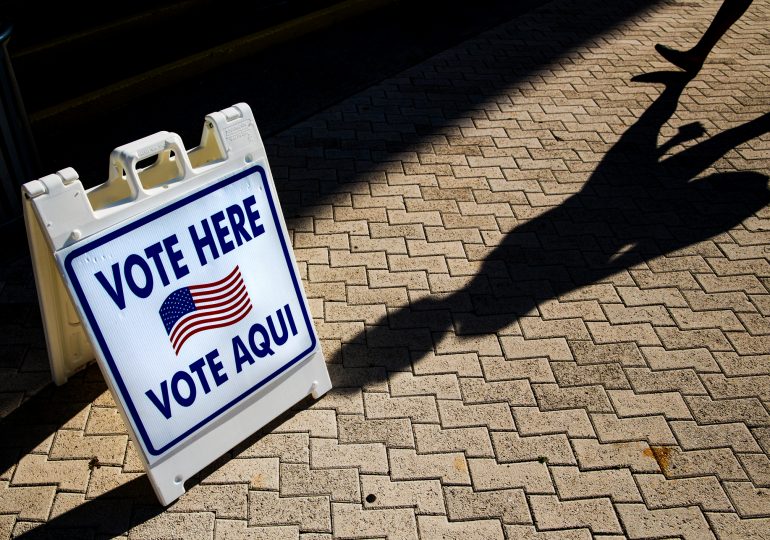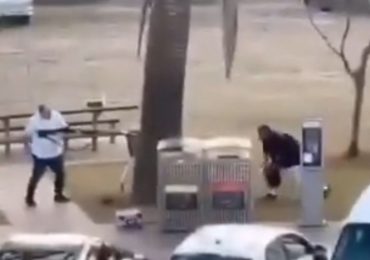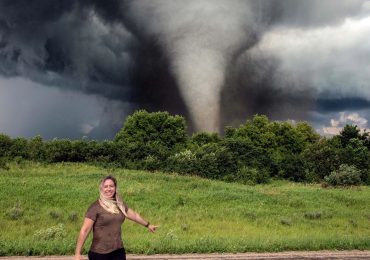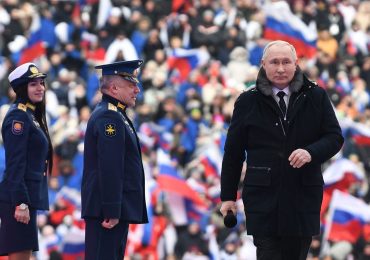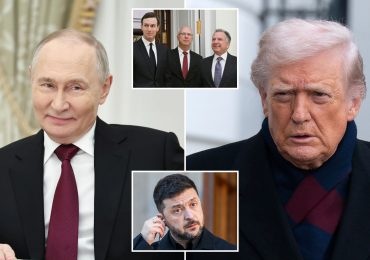Should we still focus on confused prospective voters? These supposedly elusive “undecided” voters who claim to not even “lean” toward either candidate. They are an invented group constructed by pollster-solicited panels of random uninformed citizens who are then presumed wise oracles.
Looking back at the last five presidential races, four of the five elections pegged “undecideds” on Election Day at around 4% of voters on average. The 2016 election was the exception when Trump’s first foray into politics triggered a degree of uncertainty in voters (13%) unseen since Ross Perot proved to be a formidable third-party candidate in the 1992 and 1996 elections. The current aggregate polling estimate of undecided voters is 3%.
[time-brightcove not-tgx=”true”]
While 3% or 4% sounds significant in a tight race, that figure is not “enough votes in play to really move the needle,” according to Nate Silver, founder of FiveThirtyEight, the aggregate polling site. Michael Podhorzer, a pollster now at the Center for American Progress, noted that the percentage of undecided voters is often overestimated due to poor interpretations of the polling data by the media or poor questioning practices by pollsters. Podhorzer’s research found that “about 90% of [undecided] respondents…usually or always vote for one or the other party” with pollsters’ models themselves confounding the elections.
Focus groups should instead address swing voters, those who do lean towards one candidate but are open to voting for the alternative. Swing voters, who played a key role in handing President Biden his 2020 victory over Trump, again look to be a crucial block in the current election with the latest NY Times/Sienna College poll indicating swing voters represent around 15% of total voters.
Actual swing voters have made headlines in recent weeks as well. Ben Horowitz of the famed venture capital firm Andreesen Horowitz caused a stir after announcing that he and his wife will make a “significant donation” to the Harris-Walz campaign. Some believe the move may indicate a reversal from an earlier surprise endorsement of Trump by Horowitz and his investment partner, Mark Andreesen. Other notable names also received attention when they “swung” to publicly endorse Harris, including Alberto Gonzalez, attorney general and counsel to former-President George W. Bush.
Lower-turnout voters, those who usually align with a party but vote on an inconsistent or infrequent basis, will likely be an even larger target for the candidates, particularly after Harris’ rapid ascent to the top of the ticket. Before Biden bowed out of the race, voter enthusiasm was a concern for both parties but more so for the Democrats. But Harris’ rise to the top spot quickly reversed the trend with Democratic voter enthusiasm jumping by 23 percentage points.
A major question for the Harris-Walz campaign is how they can use that enthusiasm to bring more voters to the polls. The Trump-Vance campaign has responded by attempting to further activate —some would argue “agitate” as a better descriptor — their own base.
Moreover, while the NY Times/Sienna College poll found that only 12% of responding registered voters said they would be at best “somewhat likely” to vote in the 2024 election, 20% of those same respondents did not actually vote in the 2020 presidential election, an election that saw the highest voter turnout in over a century. History tells us that a greater number of respondents say they intend to vote than actually do so. In behavioral science, we call this the “intention-action gap.” All this means is that the 12% figure is likely much higher, at least for now.
As MSNBC anchor Rachel Maddow pointed out a dozen years ago in a study of undecideds, despite massive amounts of information available, she concluded that they are merely uninformed voters who tend to be intentionally uninformed and then claim they have too little information. Referring to interviews with undecided voters on their awareness she cited a sample subject who said “She ‘mostly’ turns off coverage of the election, mutes the television ads, hangs up on everyone who calls, and won’t watch the conventions. She’s unfamiliar with the candidates in her House district, and she also doesn’t ‘know anything’ about her senator… undecided voters tend to be deeply uninformed voters. That creates a related challenge for both sides of the political divide: how do you connect with millions of Americans who deliberately don’t pay attention?”
Initially criticized for avoiding the mainstream media, Harris-Walz responded with a blitz on major television or radio shows appearing on CNBC, 60 Minutes, The View, The Late Night Show with Stephen Colbert, Jimmy Kimmel Live, as well as the The Howard Stern Show and Call Me Daddy podcast in this last week alone. The duo discussed various topics from kitchen-table issues to foreign affairs. Harris laid out her vision for an “opportunity economy” – grounded in corporations and the ultra-wealthy paying a little more in taxes and additional supports for low- to middle-income families as well as small businesses.
Trump-Vance avoided major TV shows, preferring staged campaign rallies and conservative media. The Republican candidates continue to promote their “trickle-down” economic agenda of lower corporate taxes and a generalized tariff program on all trade.
Some undecideds fear the progressive positions of Harris as a U.S. Senator and Walz as a Governor. Others fear the market instability and attacks on business likely to arrive with a second Trump term, as well as his continued disregard for the rule of law, the expected increase in cost of living due to his tariff proposal, his hostile rhetoric towards immigrants, and the promised dismantling of traditional government structures and systems. These concerns will not vanish in 28 days. No one can say there are not enough differences between the two choices.
It is bewildering that ubiquitous 24/7 multiplatform solicitations allow anyone to be undecided. Political campaign experts insist that the excess attention should not be directed at the “undecideds” but at swing voters and lower-turnout voters. Mark McKinnon, the former communications strategist for several presidential and congressional campaigns, commented in a recent CNN interview: “You [the presidential candidates] are trying to animate and make enthusiastic voters who are for you…to get your base out, because there just aren’t that many undecided voters.”
The polling models routinely fail to predict what matters which is that the winning candidate will likely be the one who gets more of their lower-turnout voters out to cast a ballot. Nonetheless, pundits contitnue to misplace their focus to flatter the “undecideds” as elevated power brokers.
Leave a comment
